

Articles
How To Store Canned Food
Modified: January 6, 2024
Learn the best methods for storing canned food with our helpful articles. Keep your pantry stocked and your food fresh with these tips and tricks.
(Many of the links in this article redirect to a specific reviewed product. Your purchase of these products through affiliate links helps to generate commission for Storables.com, at no extra cost. Learn more)
Introduction
Welcome to the world of canned food! Canned food is a convenient and versatile option that provides a long shelf life and offers a wide variety of flavors and nutrients. Whether you’re stocking up for emergencies or simply adding some staples to your pantry, knowing how to properly store canned food is essential to ensure its quality and safety.
In this article, we will explore the importance of properly storing canned food, the steps to choose the right storage area, how to inspect canned foods before storage, tips for organizing canned food storage, techniques to maximize the shelf life of canned food, how to rotate your canned foods, and common mistakes to avoid in canned food storage.
By following the guidelines and strategies outlined in this article, you can ensure that your canned food remains fresh and delicious, ready to be enjoyed whenever you need it.
So, let’s dive in and learn the best practices for storing canned food!
Key Takeaways:
- Properly storing canned food is essential for preserving nutrients, maintaining freshness, and preventing spoilage. Choosing the right storage area, inspecting cans, and organizing your pantry are key steps to ensure the quality and safety of your canned food.
- Implementing techniques to maximize shelf life, rotating stock regularly, and avoiding common storage mistakes are crucial for maintaining the quality and safety of your canned food supply. By following these practices, you can enjoy fresh and nutritious options from your pantry whenever you need them.
Read more: How To Store Open Can Of Pumpkin
Importance of Properly Storing Canned Food
Properly storing canned food is crucial to maintain its quality, taste, and nutritional value over an extended period. Here are a few reasons why it is essential to handle and store canned food correctly:
- Preserving Nutrients: Canning is a preservation method that helps retain the nutrients present in the food. However, improper storage conditions such as exposure to heat, moisture, or air can cause nutrient loss, diminishing the nutritional value of the food.
- Maintaining Freshness: Canned food is typically processed at its peak ripeness and flavor, preserving its freshness. By storing canned foods properly, you can ensure that they maintain their taste and texture, allowing you to enjoy the same quality as freshly harvested produce.
- Extending Shelf Life: One of the major benefits of canned food is its long shelf life. Proper storage practices help maximize the shelf life of canned food, allowing you to keep a diverse assortment of items in your pantry for an extended period. This is particularly helpful during times of emergencies or when access to fresh food is limited.
- Preventing Spoilage: Storing canned food in the right conditions helps prevent spoilage and the growth of bacteria and other harmful microorganisms. This ensures that the food remains safe to consume and minimizes the risk of foodborne illnesses.
- Cost and Time Savings: By properly storing canned food, you can reduce food waste and save money in the long run. Having a well-organized pantry with properly stored canned goods allows you to easily plan meals, reducing meal prep time and unnecessary trips to the grocery store.
Overall, properly storing canned food is not only necessary for maintaining its quality and safety but also offers numerous benefits in terms of convenience, cost savings, and health. So, let’s move on to the next section and delve into the steps to choose the right storage area for your canned foods.
Choosing the Right Storage Area
When it comes to storing canned food, selecting the right storage area is crucial for maintaining its quality and maximizing shelf life. Here are some important factors to consider when choosing the right storage area:
- Temperature: Canned food should be stored in a cool, dry place. Ideally, the storage area should maintain a temperature between 50°F and 70°F (10°C and 21°C) to ensure optimal freshness. Avoid storing canned food in areas that are subject to extreme temperatures or fluctuations, such as near ovens or refrigerators.
- Light Exposure: Exposure to light can cause the quality of canned food to deteriorate more rapidly. It is best to store canned food in a dark or dimly lit area. If transparency is unavoidable, consider using opaque containers or wrap the cans in non-transparent materials to protect them from light.
- Humidity: Canned food is sensitive to moisture, as it can lead to rusting and compromise the integrity of the cans. Choose a storage area with low humidity levels to prevent water condensation and moisture buildup. Avoid storing canned food in damp basements or areas prone to leaks.
- Air Circulation: Proper air circulation is important to prevent the development of mold or mildew. Avoid storing canned food in airtight or sealed containers, as it may trap moisture and create an environment conducive to mold growth. Instead, opt for well-ventilated shelves or racks.
- Pest Control: Ensure that the storage area is free from pests, such as rodents or insects. These critters can damage the cans and contaminate the food. Use pest control measures like sealing cracks, storing food off the floor, and regularly cleaning the storage area.
- Accessibility: Organize your storage area in a way that allows for easy access to your canned food. Consider grouping similar items together and labeling shelves or containers for quick identification.
By considering these factors when choosing the right storage area for your canned food, you can create an environment that promotes longevity, freshness, and safety. In the next section, we will discuss how to inspect your canned foods before storage to ensure their quality and safety.
Inspecting Canned Foods before Storage
Prior to storing your canned food, it is essential to inspect each can to ensure its quality and safety. Here are some steps to follow when inspecting canned foods:
- Check for Damage: Examine each can for any signs of damage, including dents, bulges, or leaks. Damaged cans can compromise the integrity of the food and increase the risk of bacterial contamination. If you come across any damaged cans, it is best to discard them.
- Look for Expired Dates: Check the expiration or “best by” dates on the cans. While canned food can often be consumed after the expiration date, it is best to prioritize those with the nearest expiration dates for consumption. Older canned goods should be consumed first to ensure freshness.
- Inspect the Seal: Ensure that the can’s seal is intact and shows no signs of tampering or damage. A bulging or swollen lid can indicate the presence of bacteria or other spoilage microorganisms. If you notice a compromised seal, discard the can immediately.
- Observe for Discoloration or Odor: Check the appearance and smell of the food. If you notice any discoloration, unusual odor, or signs of mold growth, it is best to dispose of the can. These are indications of spoilage and potential health risks.
- Consult Food Safety Guidelines: Familiarize yourself with general food safety guidelines provided by reputable sources. This knowledge will help you identify warning signs and make more informed decisions regarding the safety of your canned food.
By thoroughly inspecting your canned foods before storage, you can identify any potential problems and ensure that only safe and high-quality items make it into your pantry. In the next section, we will discuss effective strategies for organizing your canned food storage.
Organizing Canned Food Storage
Organizing your canned food storage is not only practical but also helps to optimize space, maximize freshness, and simplify meal planning. Here are some strategies to help you organize your canned food storage:
- Categorize by Type: Group similar items together, such as vegetables, fruits, soups, or sauces. This makes it easier to locate specific items and prevents the need to search through your entire collection when planning meals.
- Use Sturdy Shelves or Racks: Invest in sturdy shelves or racks that can comfortably hold the weight of your canned goods. Arrange the shelves in a way that maximizes vertical space and ensures easy access to all items.
- Label Shelves or Containers: Use labels or tags to identify each category of canned food. This saves time when searching for specific items and helps maintain an organized system as you restock your pantry.
- Consider FIFO Method: FIFO stands for “First In, First Out” and is a method used to rotate your canned food stock. Place newer cans toward the back of the shelves and bring older cans to the front. This ensures that you consume the oldest items first, preventing them from staying unused for too long, which can lead to spoilage.
- Utilize Storage Solutions: Consider using storage solutions to optimize your space, such as can organizers, stackable shelves, or rotating racks. These can help create more efficient storage and make it easier to see and access your canned food collection.
- Track Inventory: Keep a list or inventory of your canned food items, noting the quantity and expiration dates. This allows you to keep track of what you have and plan your meals accordingly, reducing waste and ensuring you use items before they expire.
By implementing these organizing strategies, you can create a well-structured and efficient canned food storage system that makes meal preparation a breeze. In the next section, we will dive into techniques for maximizing the shelf life of your canned food.
Store canned food in a cool, dry place away from direct sunlight. Keep the cans off the ground and rotate older cans to the front for first use.
Read more: How To Store Leftover Canned Pumpkin
Maximizing Shelf Life of Canned Food
While canned food already has a long shelf life, there are steps you can take to further extend its freshness and quality. Here are some techniques to maximize the shelf life of your canned food:
- Store in a Cool Environment: As mentioned earlier, storing canned food in a cool place helps preserve its quality. Avoid areas that are exposed to extreme temperatures, such as near the stove or in direct sunlight.
- Control Humidity: Keeping canned food away from high humidity environments is crucial. Excess moisture can lead to rusting, which compromises the integrity of the cans. Choose areas with low humidity levels, such as a dry pantry or a climate-controlled storage space.
- Avoid Temperature Fluctuations: Temperature fluctuations can cause the expansion and contraction of the canned food contents, leading to potential spoilage. Try to maintain a consistent storage temperature to prevent unnecessary strain on the cans.
- Rotate Stock Regularly: Use the “First In, First Out” (FIFO) method to ensure that older cans are consumed first. This helps prevent the accumulation of expired or otherwise deteriorated canned food in your pantry.
- Avoid Stacking Too High: While it can be tempting to stack canned goods vertically to save space, it is important not to stack them too high. Excessive weight from stacking can put pressure on the cans and potentially damage them.
- Keep Labels Intact: The labels on canned food provide important information, such as the expiration date and ingredients. Keep the labels intact and legible to have a clear understanding of what you have in stock and when it needs to be used by.
- Handle with Care: Rough handling can cause damage to the cans, compromising their seal and allowing contaminants to enter. When moving or handling canned food, do so with care to maintain their integrity.
- Follow Storage Instructions: Different canned food items may have specific storage instructions on the label. Pay attention to these instructions and follow them accordingly to ensure the best quality and shelf life for each item.
By implementing these techniques, you can significantly extend the shelf life of your canned food and minimize waste. In the next section, we will discuss the importance of rotating your canned foods for optimal freshness.
Rotating Canned Foods
Rotating your canned foods is an essential practice to ensure that older items are consumed first, minimizing waste and maintaining freshness. Here are some guidelines to help you effectively rotate your canned food stock:
- First In, First Out (FIFO) Method: The FIFO method involves placing newer cans at the back of the storage area and bringing older cans to the front. This way, you will naturally reach for the cans with the closest expiration dates first, preventing items from sitting in your pantry for too long.
- Organize by Expiration Date: Arrange your canned foods based on their expiration dates. This can be done by grouping similar items together and ordering them from oldest to newest. You can use colored dots or labels to easily identify the expiration dates.
- Regularly Check and Rearrange: Periodically go through your canned food storage to check for items that are approaching their expiration dates. Move those cans to the front of the shelves or to an easily accessible spot so they can be used sooner.
- Create a Rotation Schedule: Consider creating a rotation schedule or calendar to help you stay organized. Mark down the dates when you purchase or store new cans, as well as the expiration dates, to track which cans need to be used first.
- Utilize Meal Planning: Incorporate your canned food items into your meal planning. Take note of the expiration dates when planning your meals to ensure that you utilize the cans that are closest to expiring.
- Donate or Share Excess: If you find that you have a surplus of canned foods that may not be consumed before the expiration date, consider donating them to food banks or sharing them with friends, family, or neighbors in need.
By implementing a proper rotation system, you can ensure that your canned food supply remains fresh and avoids unnecessary waste. This not only saves you money but also allows you to make the most of the food you have on hand. In the next section, we will highlight some common mistakes to avoid in canned food storage.
Avoiding Common Mistakes in Canned Food Storage
Properly storing canned food is essential for maintaining its quality and ensuring food safety. To help you avoid common mistakes and get the most out of your canned food, here are some pitfalls to watch out for:
- Ignoring Expiration Dates: Expiration dates are there for a reason. Avoid consuming canned food past its expiration date, as it may pose a risk to your health. Incorporate a system for regularly checking and removing expired items from your pantry.
- Using Dented or Damaged Cans: Dented or damaged cans can compromise the integrity of the food inside. Avoid using cans with dents, bulges, or leaks, as they may indicate bacterial contamination or spoilage.
- Storing in Inadequate Conditions: Improper storage conditions, such as exposure to excessive heat, light, or moisture, can lead to the deterioration of your canned food. Make sure to store your canned goods in a cool, dry, and dark area to maintain their quality.
- Stacking Cans Too High: While it may seem space-efficient, stacking cans too high can put undue pressure on the lower cans and lead to damage or spoilage. Avoid stacking cans above an easily manageable height to prevent accidents or cans toppling over.
- Not Rotating Stock: Neglecting to rotate your canned food stock can lead to items getting forgotten and left unused for extended periods. Always prioritize consuming older cans first by following the “First In, First Out” (FIFO) method.
- Not Inspecting Cans before Storage: Failing to inspect your canned foods before storing them can result in the storage of damaged or spoiled cans. Take the time to check for dents, bulges, leaks, or signs of spoilage before adding them to your pantry.
- Overstocking without a Plan: While stocking up on canned food is a smart practice, overstocking without a plan can lead to wastage. Ensure that you have a well-thought-out rotation system and incorporate your canned goods into your meal planning to avoid accumulating excessive stock.
- Not Labeling or Tracking Inventory: Failing to label canned goods or track inventory can lead to confusion and make it difficult to identify older or expiring items. Utilize labels and keep an inventory list to stay organized and ensure items are used in a timely manner.
- Ignoring Pest Control: Pests can invade your storage area and contaminate your canned food. Implement pest control measures such as sealing cracks, storing food off the floor, and keeping the storage area clean to prevent infestation.
By being aware of these common mistakes and taking the necessary precautions, you can maintain the quality and safety of your canned food supply. In the next section, we will conclude this article with a summary of the key points discussed.
Conclusion
Properly storing canned food is crucial for maintaining its quality, taste, and nutritional value over an extended period. By following the guidelines discussed in this article, you can ensure that your canned food remains fresh, safe, and readily available whenever you need it.
We started by emphasizing the importance of properly storing canned food, highlighting its role in preserving nutrients, maintaining freshness, extending shelf life, and preventing spoilage. We then explored various factors to consider when choosing the right storage area, such as temperature, light exposure, humidity, air circulation, and pest control.
To ensure the quality and safety of your canned foods, we discussed the significance of inspecting each can before storage. Checking for damage, expiration dates, seal integrity, discoloration, and odor is essential for identifying any potential issues and preventing the consumption of spoiled food.
Next, we delved into strategies for organizing your canned food storage. Categorizing by type, using sturdy shelves, labeling containers, practicing the FIFO method, utilizing storage solutions, and tracking your inventory can help keep your pantry organized and efficient.
We then touched upon techniques for maximizing the shelf life of canned food, including storing in a cool environment, controlling humidity, avoiding temperature fluctuations, and handling cans with care. We also stressed the importance of following storage instructions and properly rotating your stock to consume older items first.
Lastly, we discussed common mistakes to avoid in canned food storage. These include ignoring expiration dates, using damaged cans, storing in inadequate conditions, stacking cans too high, neglecting to rotate stock, not inspecting cans before storage, overstocking without a plan, not labeling or tracking inventory, and ignoring pest control.
Incorporating these practices into your canned food storage routine will not only help you maintain the quality and safety of your food but also save you time, money, and unnecessary waste. So, remember to choose the right storage area, inspect your cans, organize your pantry, maximize shelf life, rotate stock regularly, and avoid common storage mistakes.
Now that you have the knowledge and tools to properly store your canned food, you can confidently build a well-stocked pantry that provides you with delicious and nutritious options for any situation. Happy storing!
Frequently Asked Questions about How To Store Canned Food
Was this page helpful?
At Storables.com, we guarantee accurate and reliable information. Our content, validated by Expert Board Contributors, is crafted following stringent Editorial Policies. We're committed to providing you with well-researched, expert-backed insights for all your informational needs.
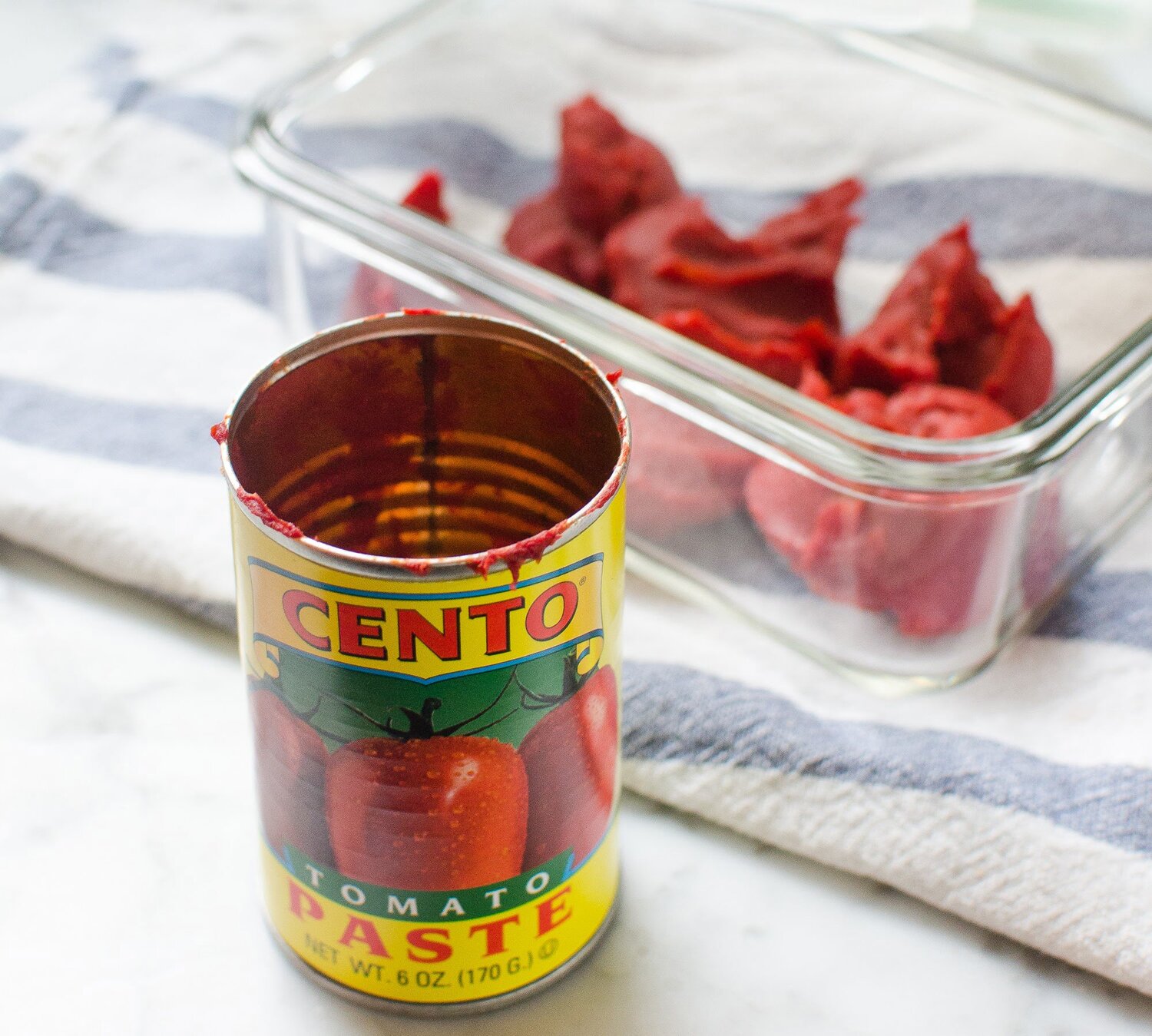
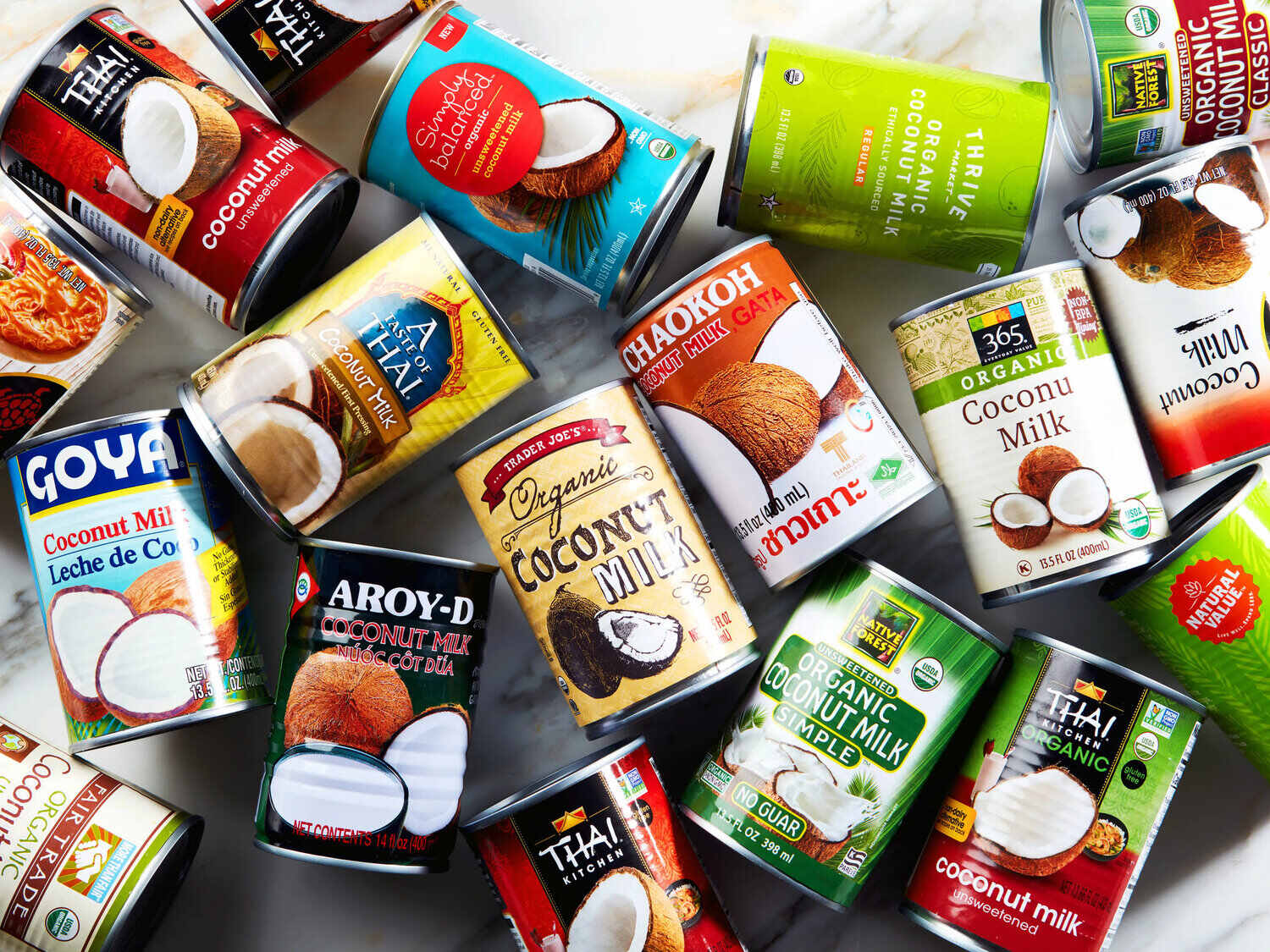
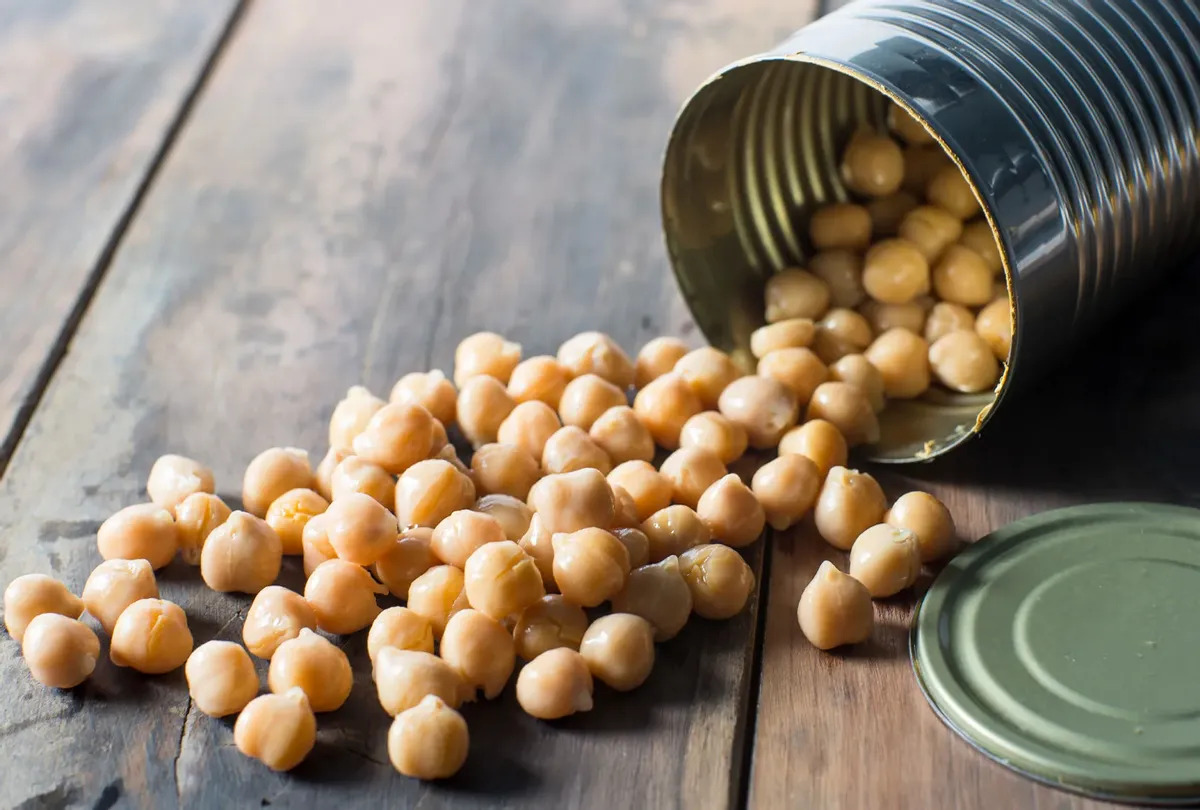

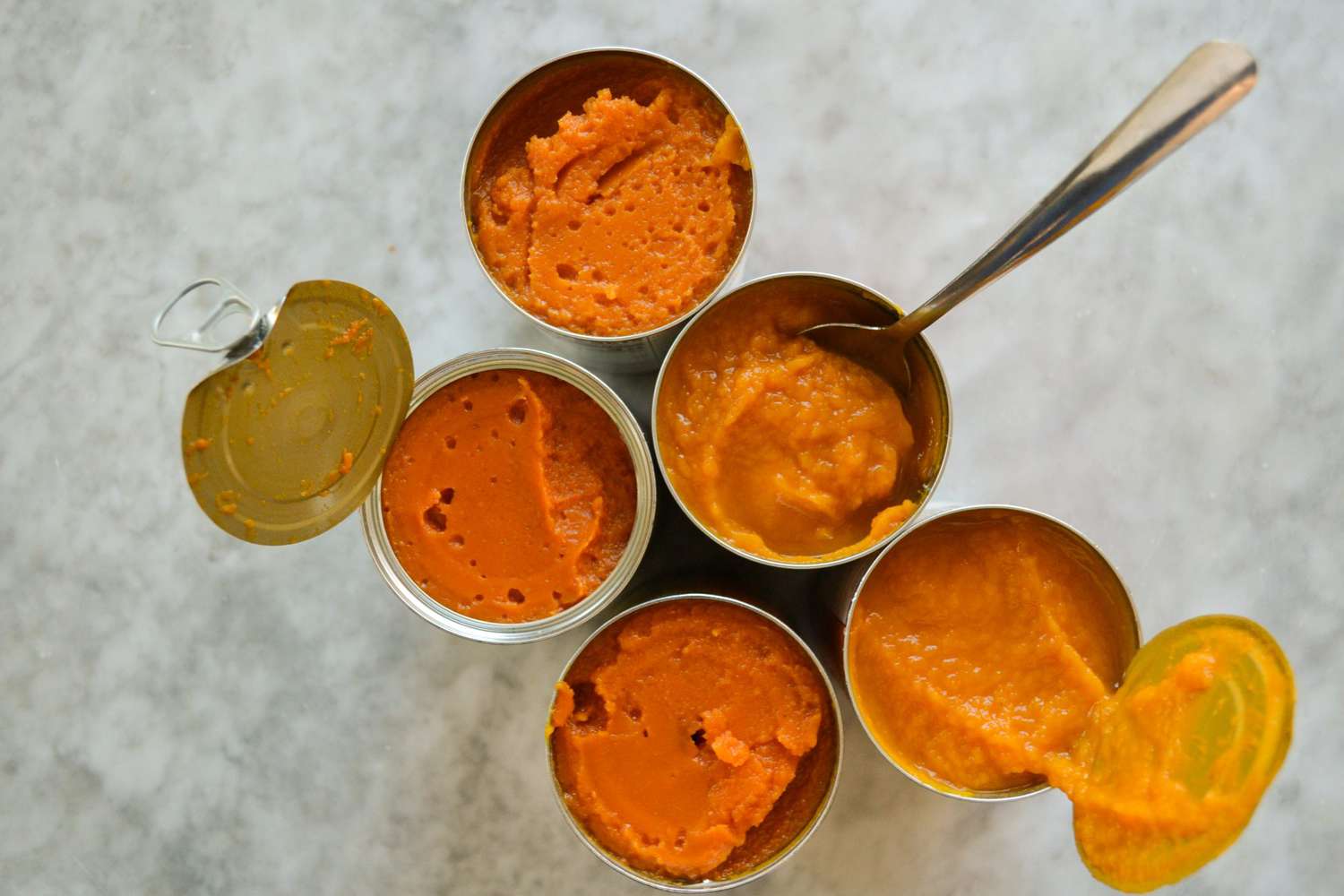
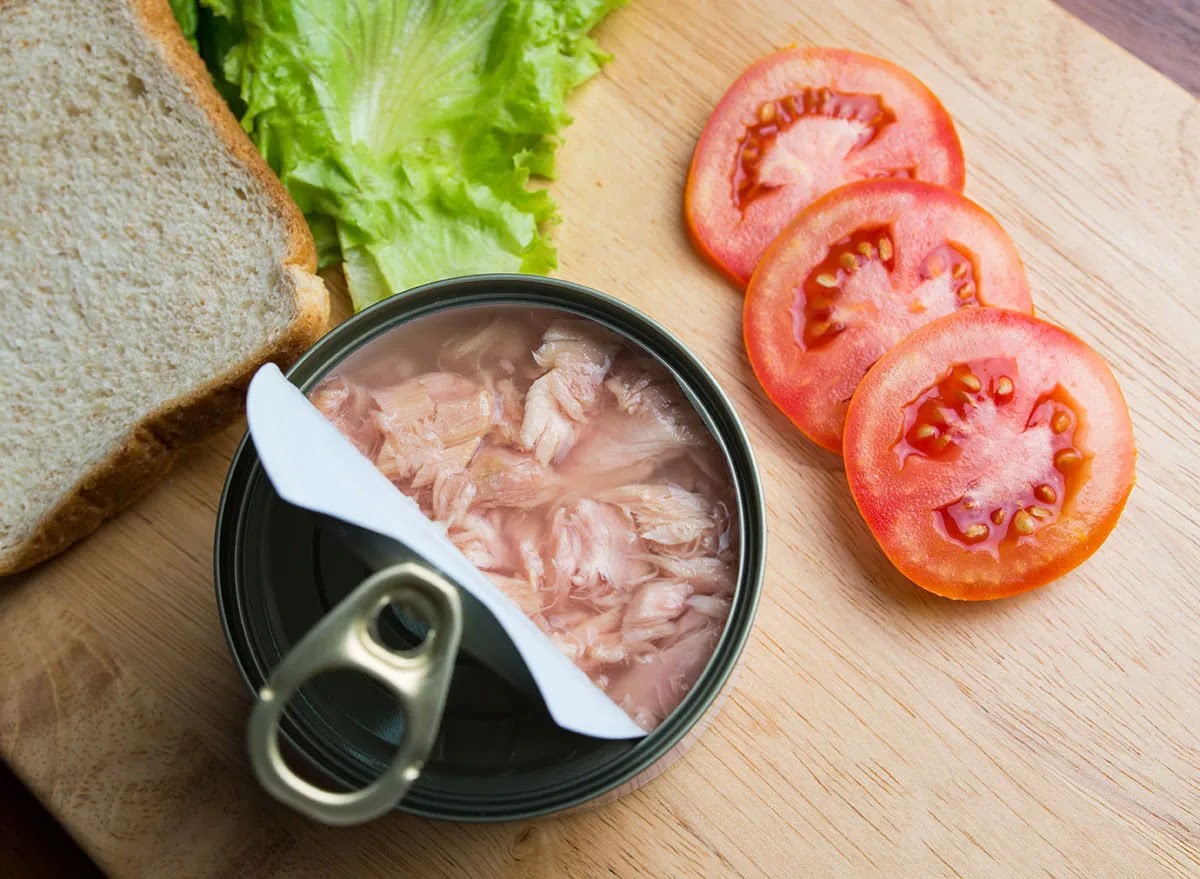
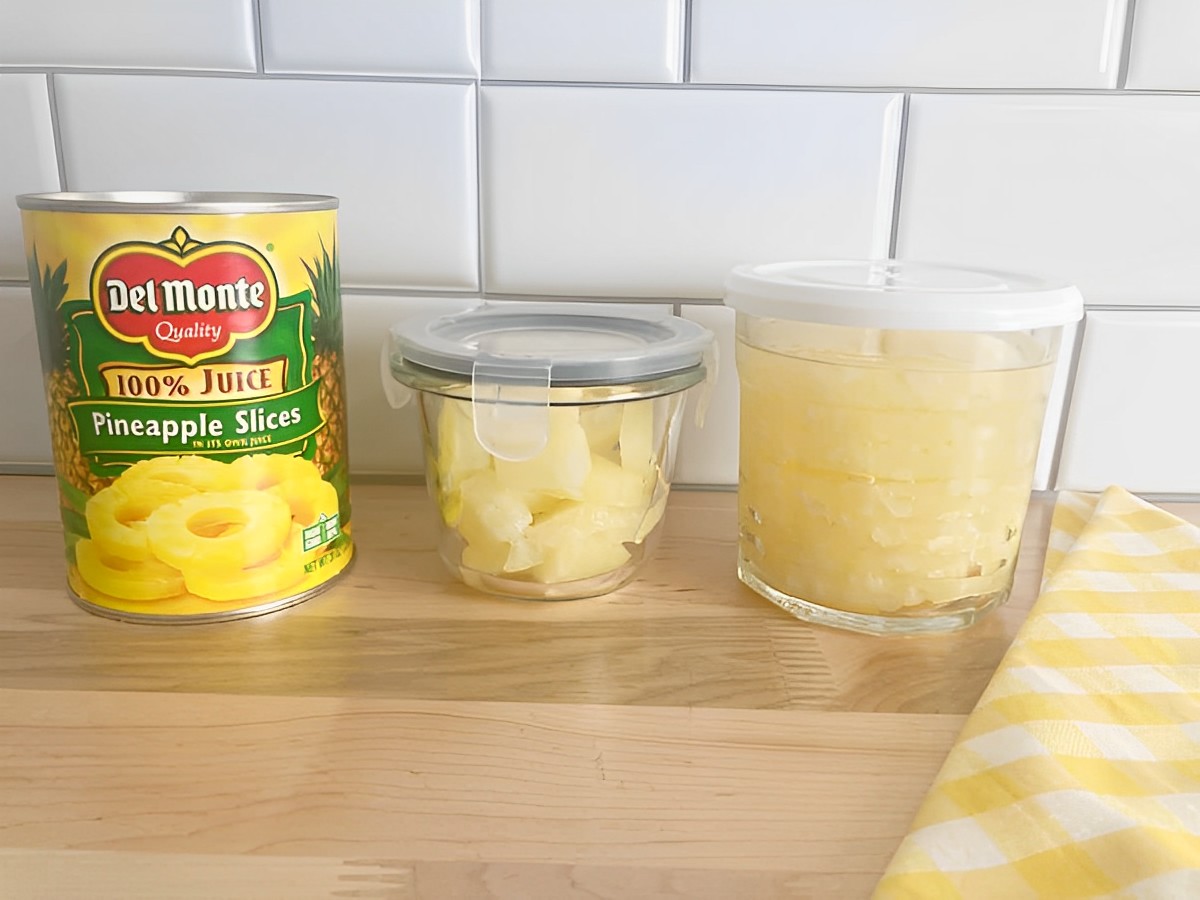
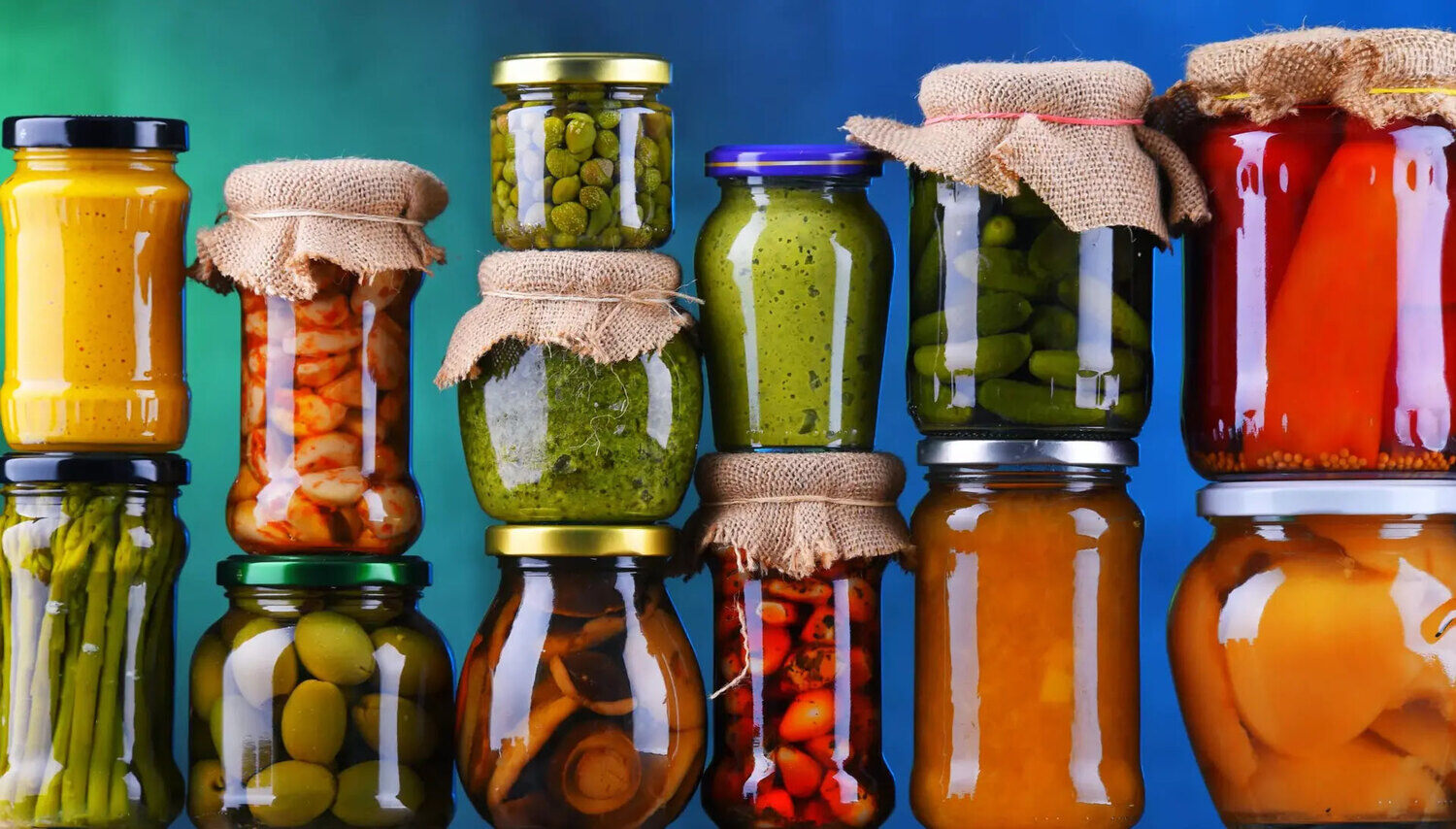
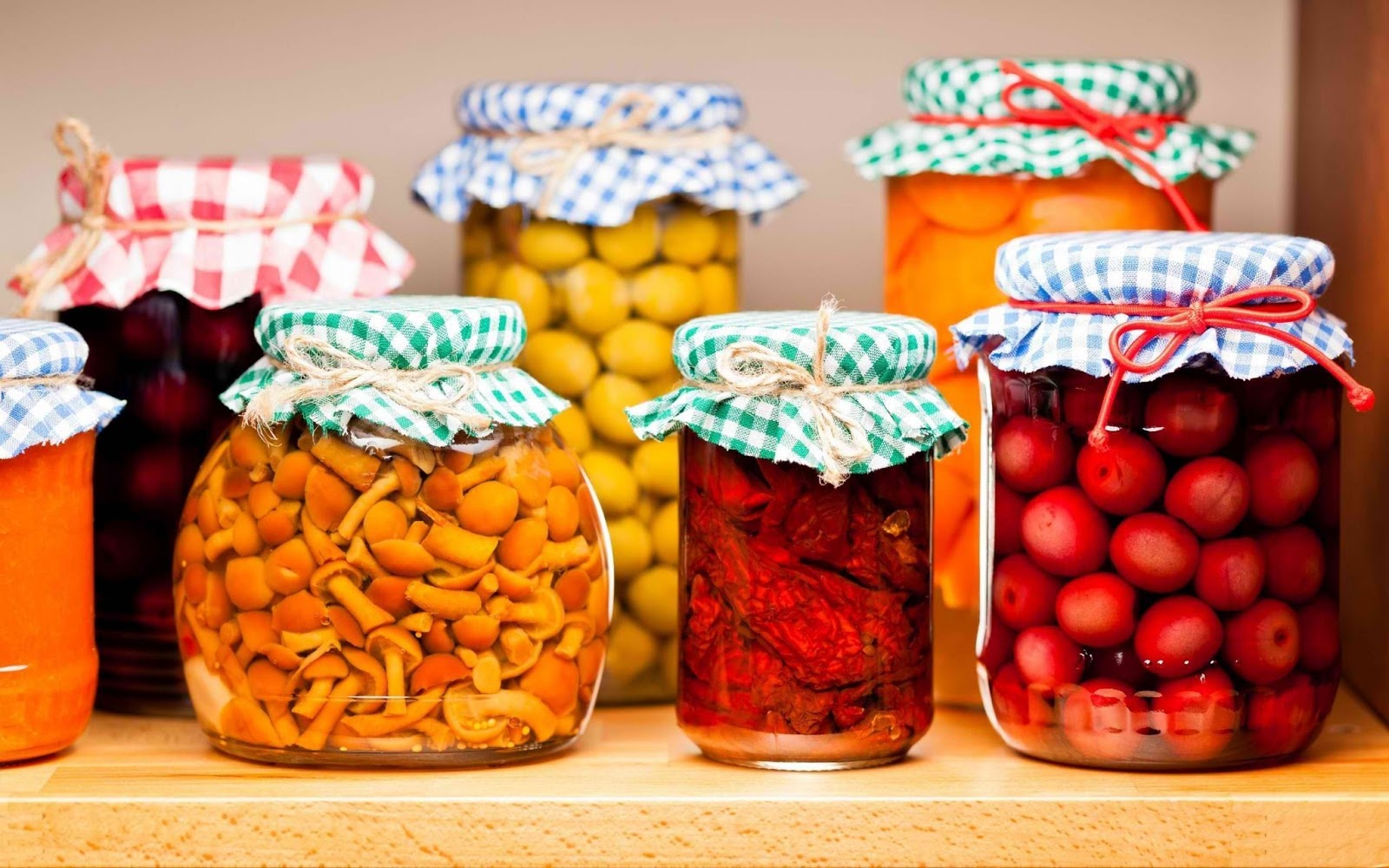
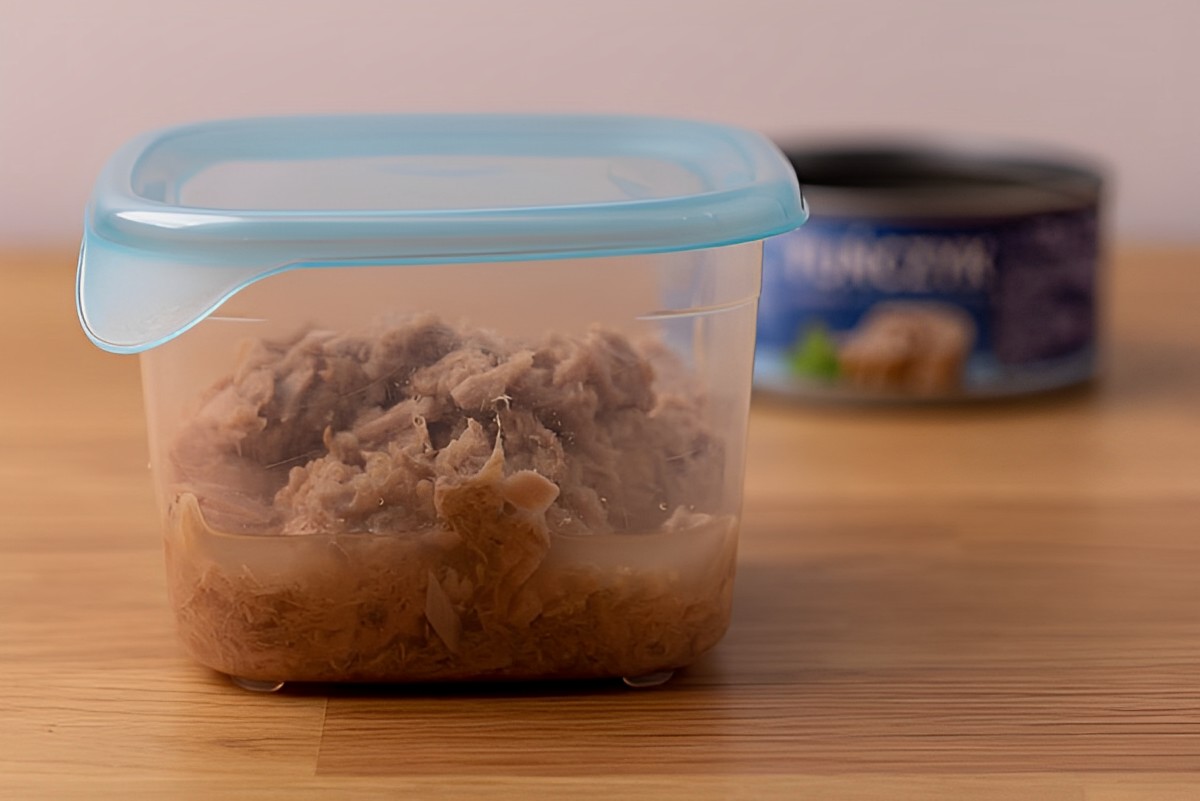
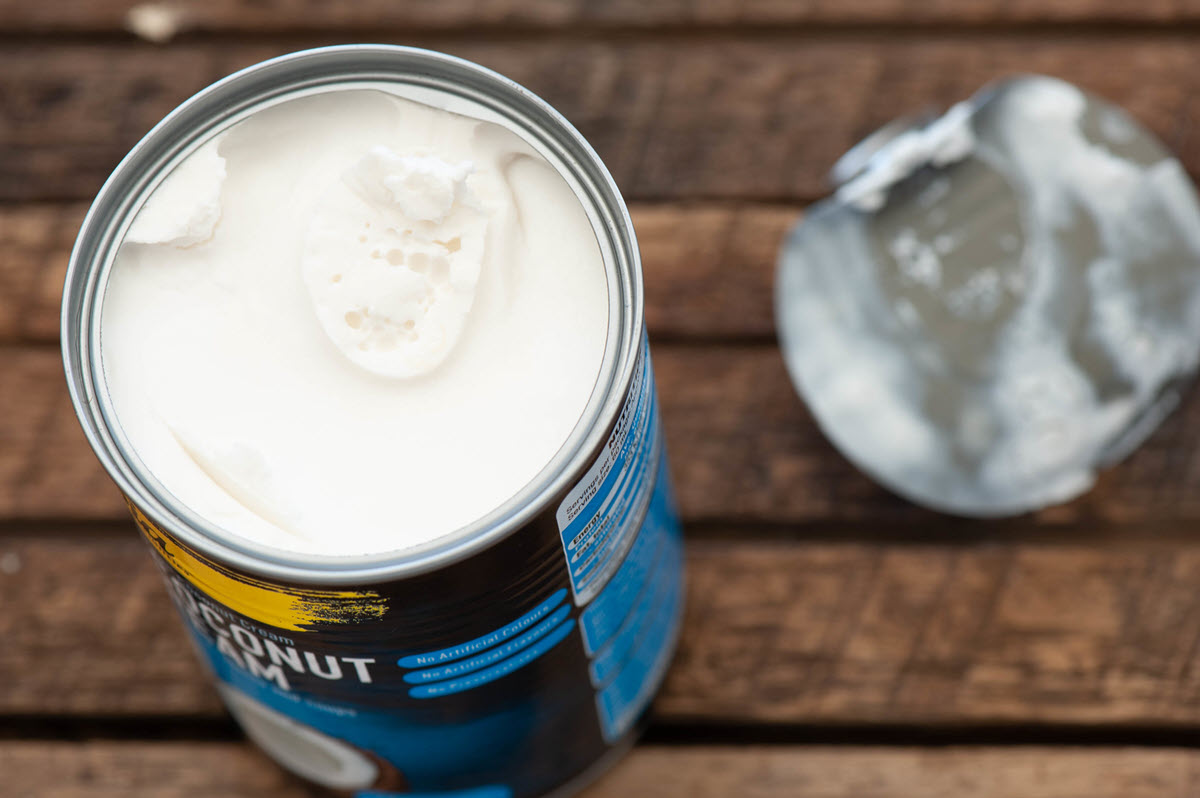
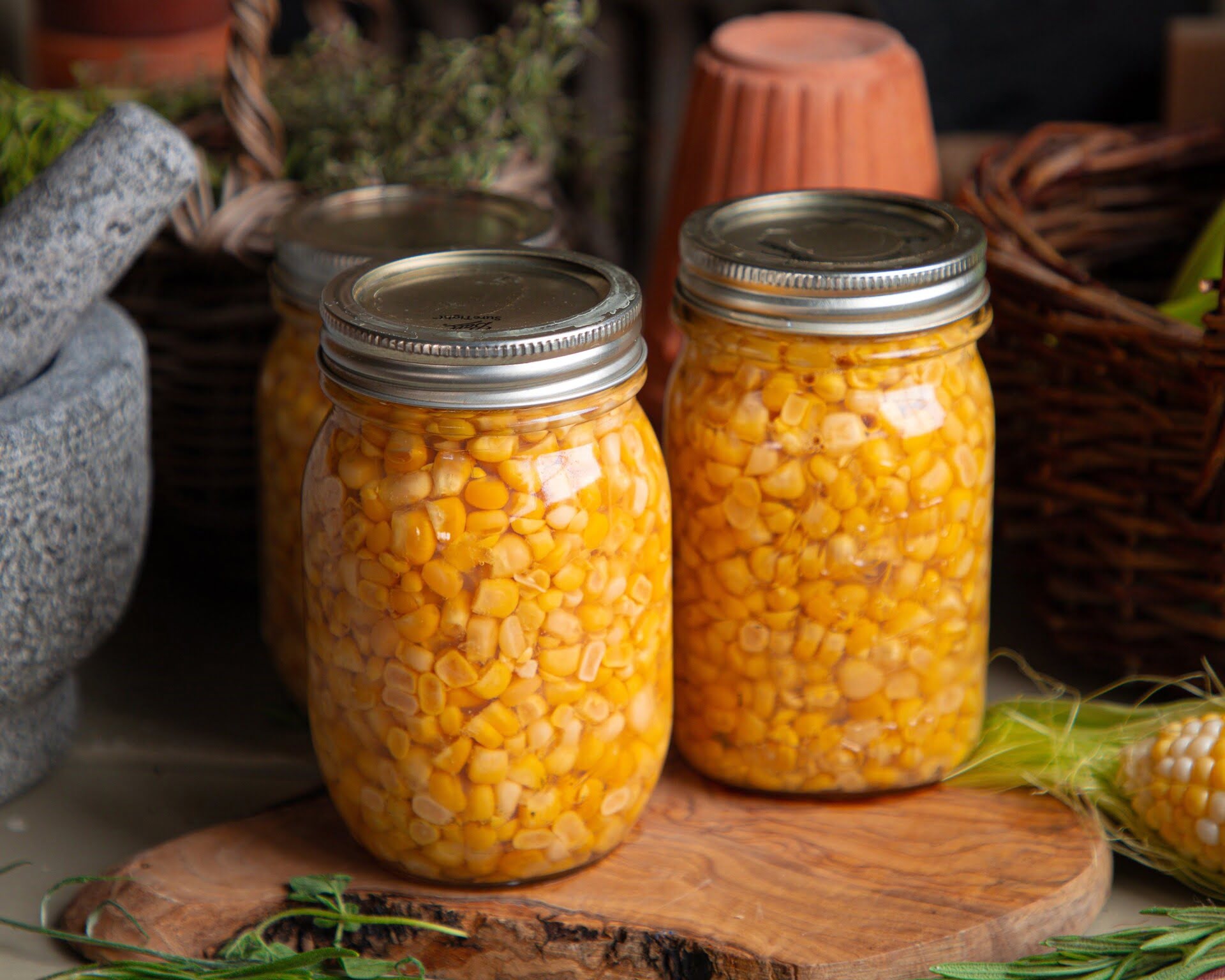
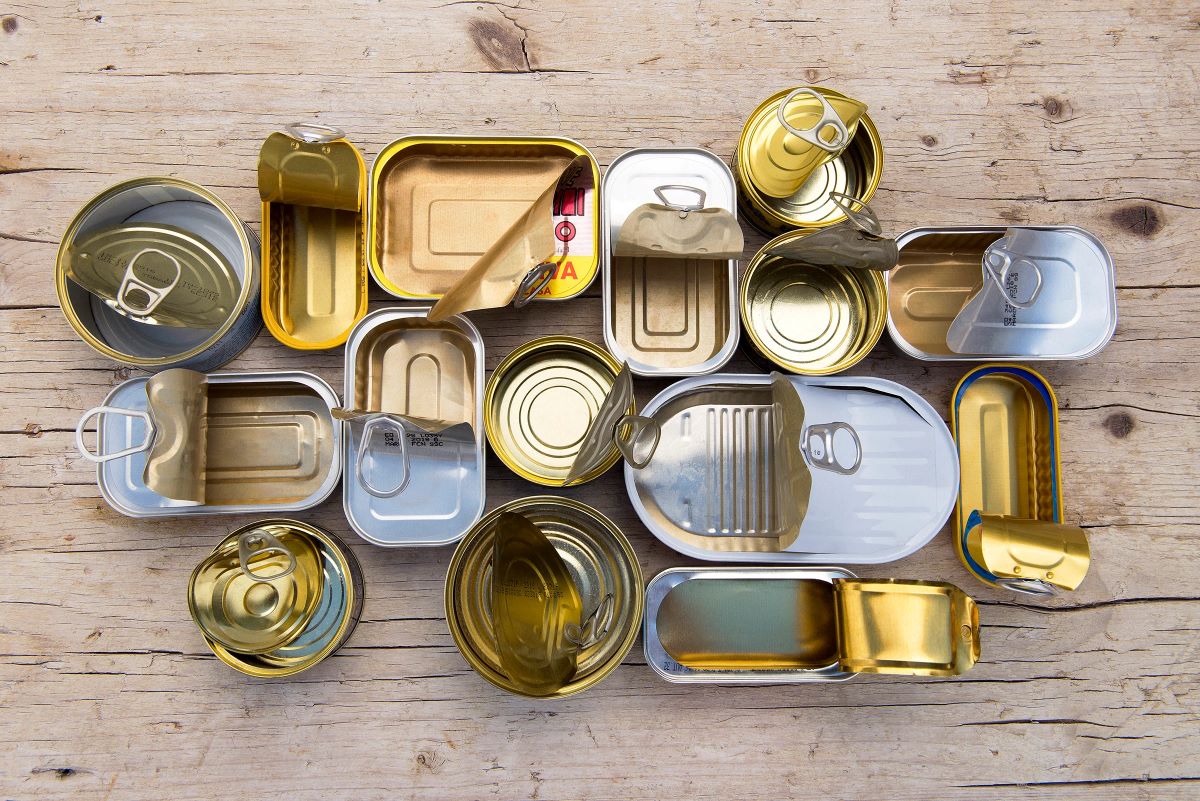
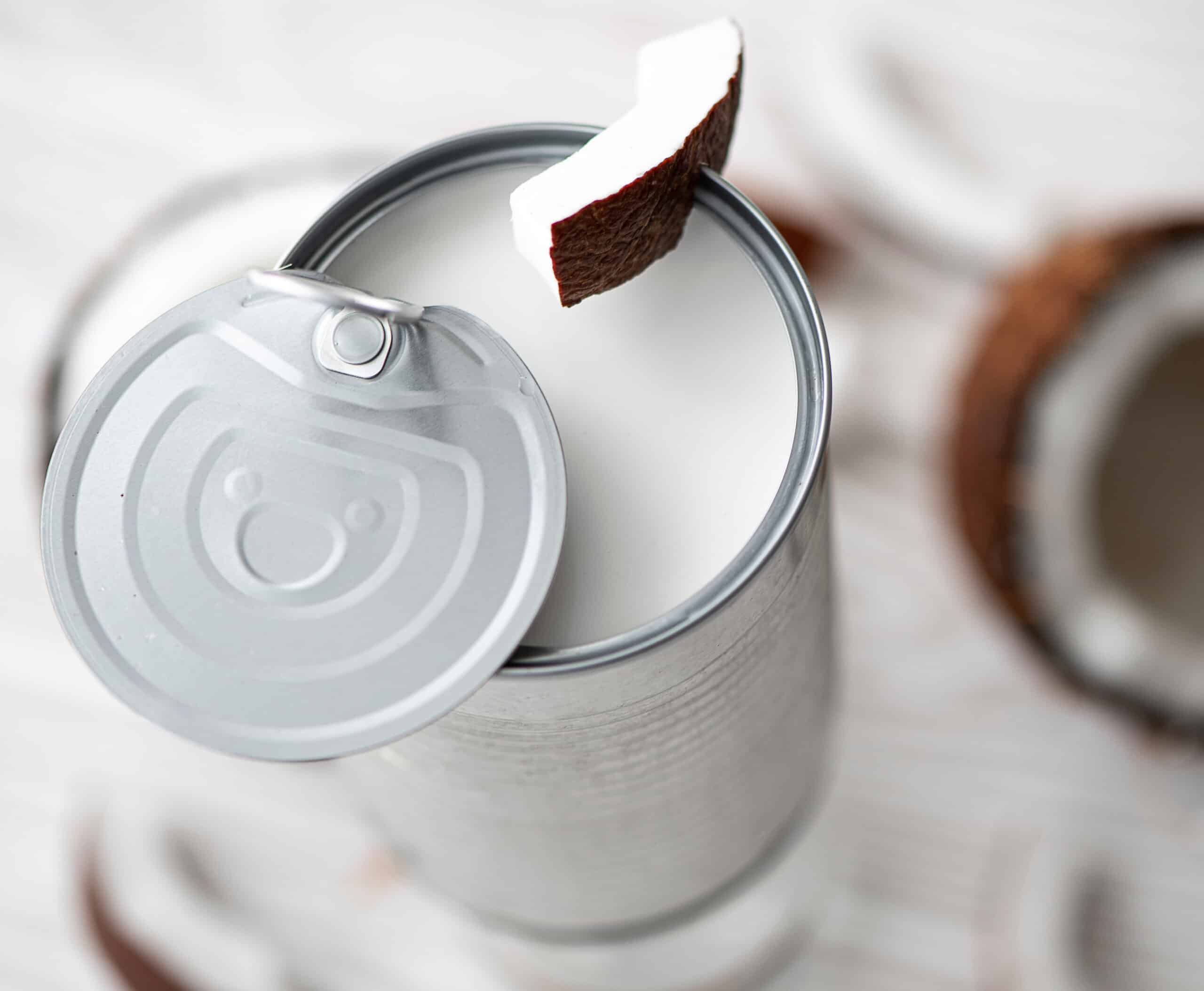

0 thoughts on “How To Store Canned Food”